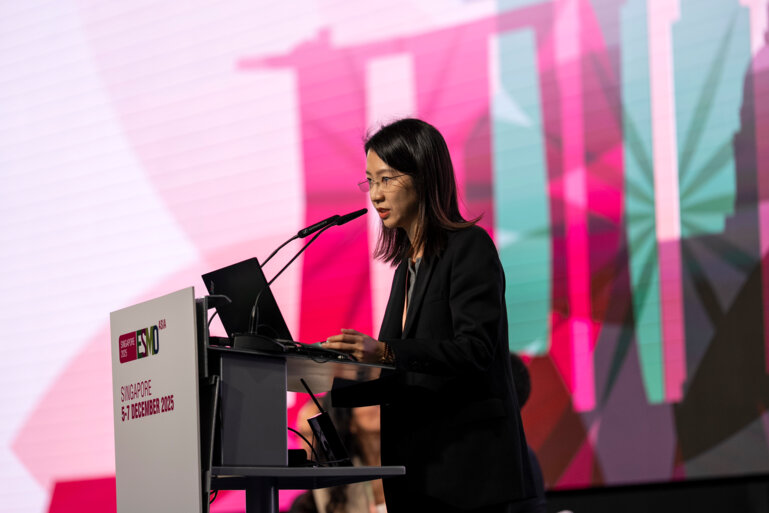Newer technologies build on current knowledge to provide greater insights in the molecular landscape
The first studies on the clonal origin and genetic mutations in colorectal cancer (CRC) identified a key role of APC, KRAS and TP53 in gut tumorigenesis (N Engl J Med. 1988;319:525–532; Cell. 1990;61:759–767). The discovery of microsatellite instability followed shortly afterwards (Science. 1993;260:810–812; Science. 1993;260:812–816; Science. 1993;260:816–819). A decade later, massive Sanger sequencing studies of the entire kinome, exome or genome led to the identification of several less frequently mutated genes, including BRAF and PIK3CA (Nature. 2002;418:934; Science. 2003;300:949; Science. 2006;314:268–274; Science. 2007;318:1108–1113). Then, in 2012, a study of the exome, transcriptome and methylation features of more than 200 CRCs by the Cancer Genome Atlas Network gave us, for the first time, a complete molecular landscape (Nature. 2012;487:330–337). This and other studies led to the publication of a consensus molecular subtype (CMS) classification, where, based on transcriptomics, categorisation into four subtypes (CMS1, CMS2, CMS3 and CMS4) was linked with prognosis (Nat Med. 2015;21:1350–1356). The association of exome sequencing studies with tissue immune analysis revealed a positive association between increased number of mutations and overall lymphocytic infiltration in colorectal tumours (Cell Rep. 2016;15:857–865).
These seminal studies provided information on bulk genomics and transcriptomics, but little was known about epithelial cell diversity. The advent of single-cell technologies allowed genomic and transcriptomic sequencing of the respective DNA and RNA of individual cells within tumours, resulting in a more detailed portrait of the disease and an appreciation of intra-tumour heterogeneity. This led to the first description of tumours that were genomically microsatellite stable but transcriptionally microsatellite unstable (Nat Genet. 2022;54:963–975). The findings, which underpinned proposals to refine the CMS classification of CRC, have profound implications for treatment strategies, potentially opening up the use of immune checkpoint inhibitor (ICI) therapy to some specific subsets of patients with microsatellite stable tumours that would not previously have been considered eligible for immunotherapy. Single-cell technology is also proving to be an ideal tool for studying the non-malignant cell component of tumours (the so-called tumour stroma), which is known to have prognostic implications.
Building on previous findings, research is now exploring the use of newer technologies, such as artificial intelligence (AI), to analyse large datasets of sequences to help identify aspects of CRC that were not previously recognised. Recently, a study integrating data from whole-genome and transcriptome sequencing of >1,000 CRCs revealed previously unrecognised driver genes linked to CRC, along with key mutational signatures correlating with survival and five prognostic subtypes based on gene expression (Nature. 2024;633:137–146). Other recent findings based on pathway-level data have identified three pathway-derived subtypes of CRC reflecting biological processes and molecular functions, which complement the CMS classification system and provide additional information beyond mutational status (Nat Genet. 2024;56:458–472). Progress is also being made using single-cell transcriptomic analysis to better understand the role of the gut microbiota in ICI therapy efficacy (Signal Transduct Target Ther. 2025;10:140). While we thought we knew much of the CRC story, newer technologies are showing us there is so much more to learn.
AI & Digital Oncology: Resources in one place
Looking for further insights into how artificial intelligence and digital tools are impacting oncology? The ESMO AI & Digital Oncology Hub brings together expert perspectives, research updates, and thought leadership from across oncology.
It is a space where you can stay informed, discover resources, and follow the conversation on digital innovation in cancer research and treatment.
To further explore the transformative potential of AI in oncology, the very first ESMO AI and Digital Oncology Congress 2025, taking place from 12 to 14 November, will provide a dedicated platform focused on the latest advances in AI and digital technologies in cancer care.







